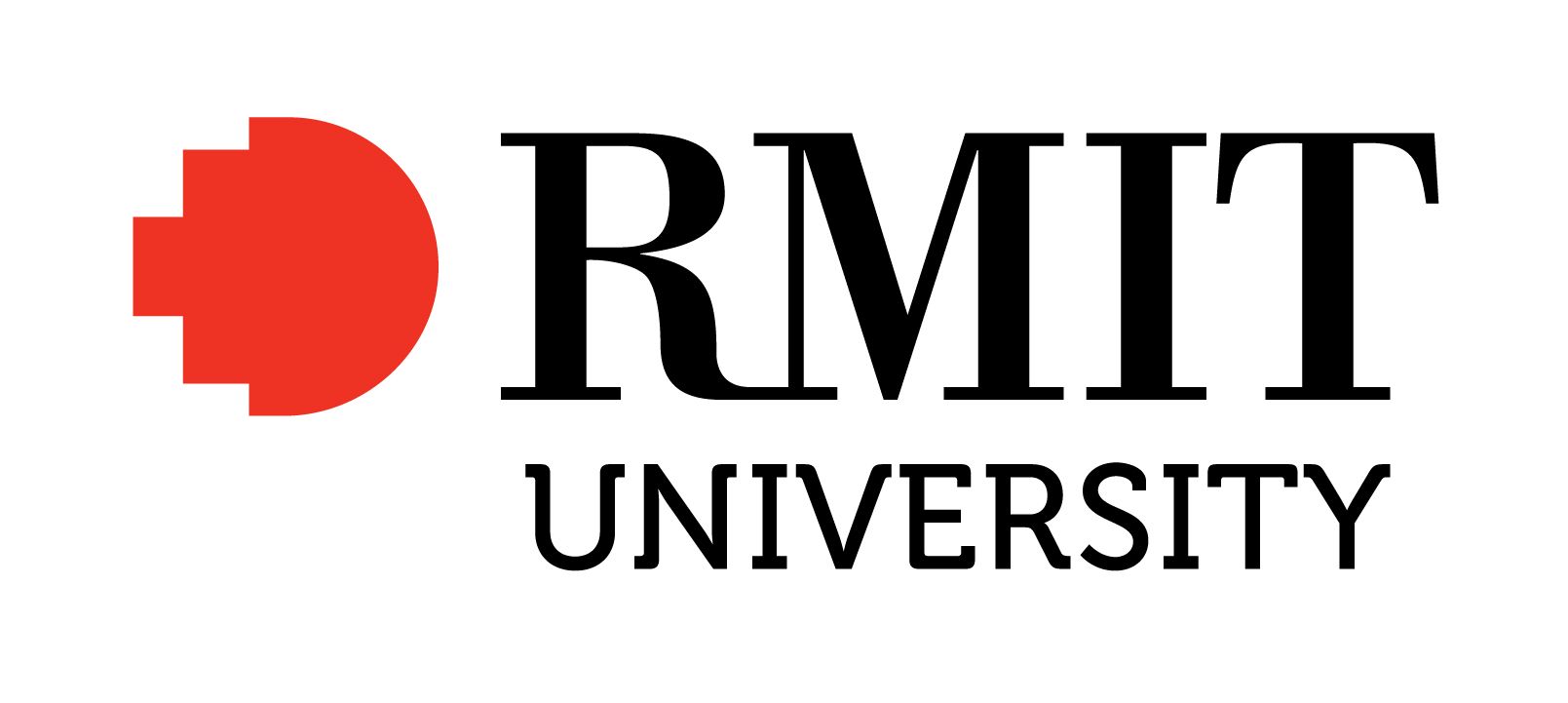Full description
The archive relates to the career of goldsmith and educator Victor Vodicka (1921-1992), who built one of the most successful gold and silversmithing courses in post war Australia. It is predominately a record of his teaching life at the Royal Melbourne Technical College (now RMIT University). The archive includes slides of student work, sketches, typescripts, press clippings, exhibition catalogues, medals, documents concerning the syllabus and proposed courses, student and staff lists, research and reports about contemporaneous art educational ideas, and the craft industries, and records relating to the history of goldsmithing and silversmithing more generally. There are also records relating to various student awards given by local jewellery retailers and manufacturers.
Vaclav Victor Vodicka (1921-1922) was a Czech goldsmith who migrated to Australia in 1950 after the Communist takeover in Czechoslovakia. He joined the Royal Melbourne Technical College (RMTC) in 1955, and over the succeeding years transformed Gold and Silversmithing into the leading course of its kind in Australia. Vodicka was born in Modray, a suburb of Prague, in the Czech Republic. He graduated in 1941 from Prague Technical College of Applied Arts and Crafts, where he specialised in gold and silver design and manufacture. Then in 1943 he completed a Diploma of Art at the renowned Turnov State School of Jewellery, and by the age of 24, at the time of the communist coup in Czechoslovakia in 1948, he was the Managing Director of the Robert Scholtz Company, a jewellery company. Vodicka fled communist controlled Czechslovakia via Berlin, Germany in late 1949 and then migrated to Australia as a displaced person arriving in April 1950. After a short stay at Bonegilla migrant camp Vodicka came to Melbourne to work as a silversmith with firms such as Stokes, Phoenix and Albion. In 1955 he was appointed to the position of lecturer in Gold and Silversmithing at RMTC by Victor Greenhalgh, the new head of Art and Applied Art.
Vodicka built the most successful and influential gold and silversmith course in post-war Australia. While he had trained as a goldsmith and a jeweller and taught both in his early years at the College he was instrumental in the appointment of expert German jeweller Wolf Wennrich to oversee the development of the jewellery stream which soon became the most popular part of the gold and silversmithing programme. Throughout the 1960s Vodicka expanded the courses, introducing more specialised subjects: design in 1963 and history of gold and silversmithing in 1964. At the same time, he undertook additional training himself and obtained a Tertiary Technical Teachers Certificate in 1963. In 1967 he was awarded Fellowship Diploma in Art - Industrial Design - Gold and Silversmithing. Always interested in the pedagogical implications of his work in 1972 Vodicka published a report into craft industries in Australia and in 1973 was admitted as a member of the Australian College of Education. He retired from RMIT in 1983 and in 1987 was awarded an AM for services to the craft of gold and silversmithing. Victor Vodicka died in Melbourne in 1992.
Collection is organized into 15 boxes: Boxes 1 to 7 holds slides and photographs of student work, and students; Box 3 contains photographs of Wolfram Wennich’s work; Boxes 9 and 10 holds files relating to art education and the development of the course at MTC, Box 11 holds information regarding the broader history of goldsmithing; Box 13 holds records relating to student prizes, and special awards, exhibitions, and course brochures; Box 15 holds objects made by Victor Vodicka.
User Contributed Tags
Login to tag this record with meaningful keywords to make it easier to discover
Harriet Edquist, ‘Victor Vodicka and the Post-War transofrmationo f Gold and Silversmithing’, in Jane Eckett, Harriet Edquist, Melbourne Modern: European Art and Design at RMIT since 1945 (Melbourne: RMIT Gallery, 2019)
AU-ANL:PEAU :
https://trove.nla.gov.au/work/244514870![]()


